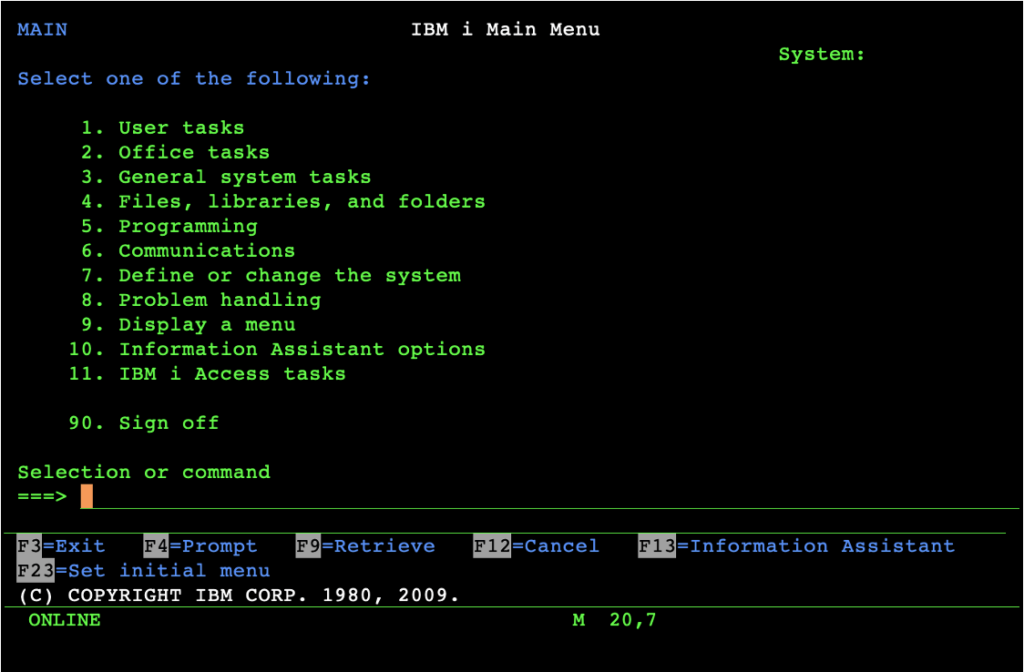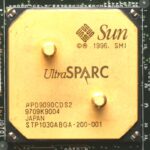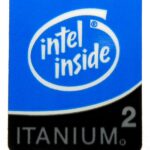20 no 40.. no 60.. well a lot of things that IBM i / IBM Power has and other platforms just dreams about
I was tired of “defending” the platform against people who doesn’t know anything about IBM i but still tells the world loudly and clear it is a old fashioned and dying platform.
Well, sometimes the best defense is a good offense. So i created a presentation where I instead of avoid talking about 5250 green screens from an end user perspective (where it honestly doesn’t belong), to highlighting unique features that other platforms just dreams about from a systems management perspective (massive help functions built in, unique in it’s message id system for problem detection and determination etc. etc.).

In the presentation I will go through as many things that is unique compared to other platforms I can in the time set aside for me. Could be unique in a way that there is nothing compared on other platforms at all (why do we have 520-byte format on storage, what is branching that makes IBM i ultra efficient and extremely fast for business applications?), but It can also be how something is implemented and often beautifully holistic integrated in the whole stack, from hardware and up to the data itself in the database (Tags Active Mode for example or how the database engine works extremely close to the CPU itself through Systems Licensed Internal Code).

And yes, I will also make some mocking about failed projects by other companies trying to build something similar to IBM i.

And yes, Intel and Sun will have their shared part…
Please reach out if you are interested in this session
IBM i – Where business applications runs best

For a long period of time, many saw IBM i and its predecessors as old fashioned systems. The number one reason for this was the old school 5250/Green Screen user interface. Number two on that list was monolithic applications written in old school RPG language . I have some thoughts about this later in the article..
What is very modern though is such things as:
- In memory technologies (since 1970-s on IBM i)
- Object based operating system (Unique implementation in IBM i)
- Reliability, Availability, Security, Scalability, Serviceability – (It’s all there in IBM Power which is the server IBM i runs on)
- Isolation of programs (no, you don’t need containers for this. Similar functions built into IBM i since the time of AS/400)
- Operating system that was aimed for multiple users at the same time (IBM i was, Windows and Linux wasn’t)
- Branching instead of time sharing operating system (Unique to IBM i and why 80% of all customer are using just 1 or 2 CPU/Cores)
- Highly integrated relational database into the Operating System, not an application on top of it.. (Unique to IBM i)
- Single level storage… (The data is there for you, when you need it. No need to search for it..)
- Openness (IBM i is one of the most open system available on the market today)
Coming back to the reasons why IBM i is seen as un-modern. To start with, 5250 (Green Screens) is not always bad. They are sometimes actually very good. Not as primary way to interact with a business application, for sure. But just like with Windows or Linux, you need something more efficient than a GUI when it comes to do things “under the hood”. And compared to windows and linux terminal, 5250 kicks ass.
Secondly, monolithic applications is not the hottest thing these days. Sure, there are some draw backs with them. But there was also a reason why they were written like that a long time ago. Performance…
The good news though is that you can migrate your monolithic into REST based web services and still stay on the platform. And if you still are stuck with old school RPG, there are convert tools out there to make the code look just like Java or .NET for example..
Sure, there is still the thing called vendor locked in choosing IBM i. But you don’t get away from that which path you choose you follow. The only thing I can promise that this vendor is one you want to be locked in with..
The good thing though, is that IBM i allows you to create smaller chunks of programs just like on any other platforms. Rest based web services works very well today.








